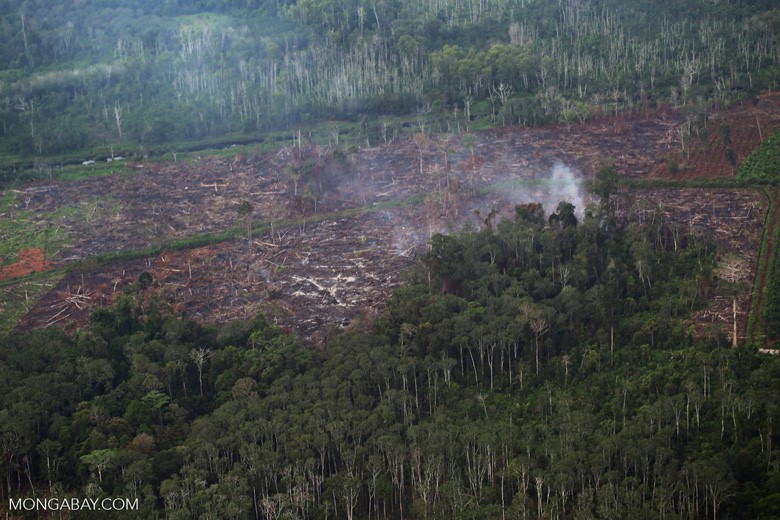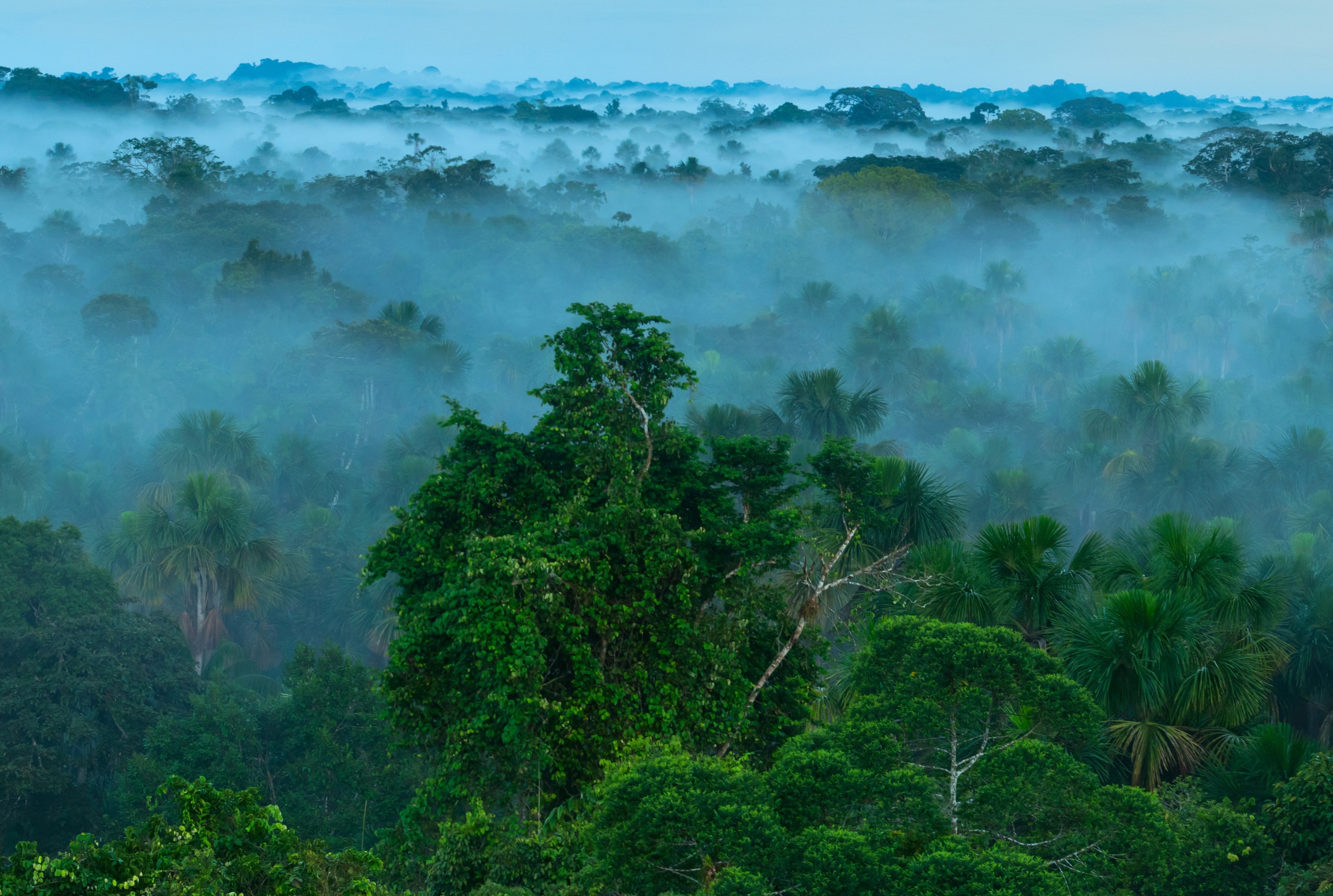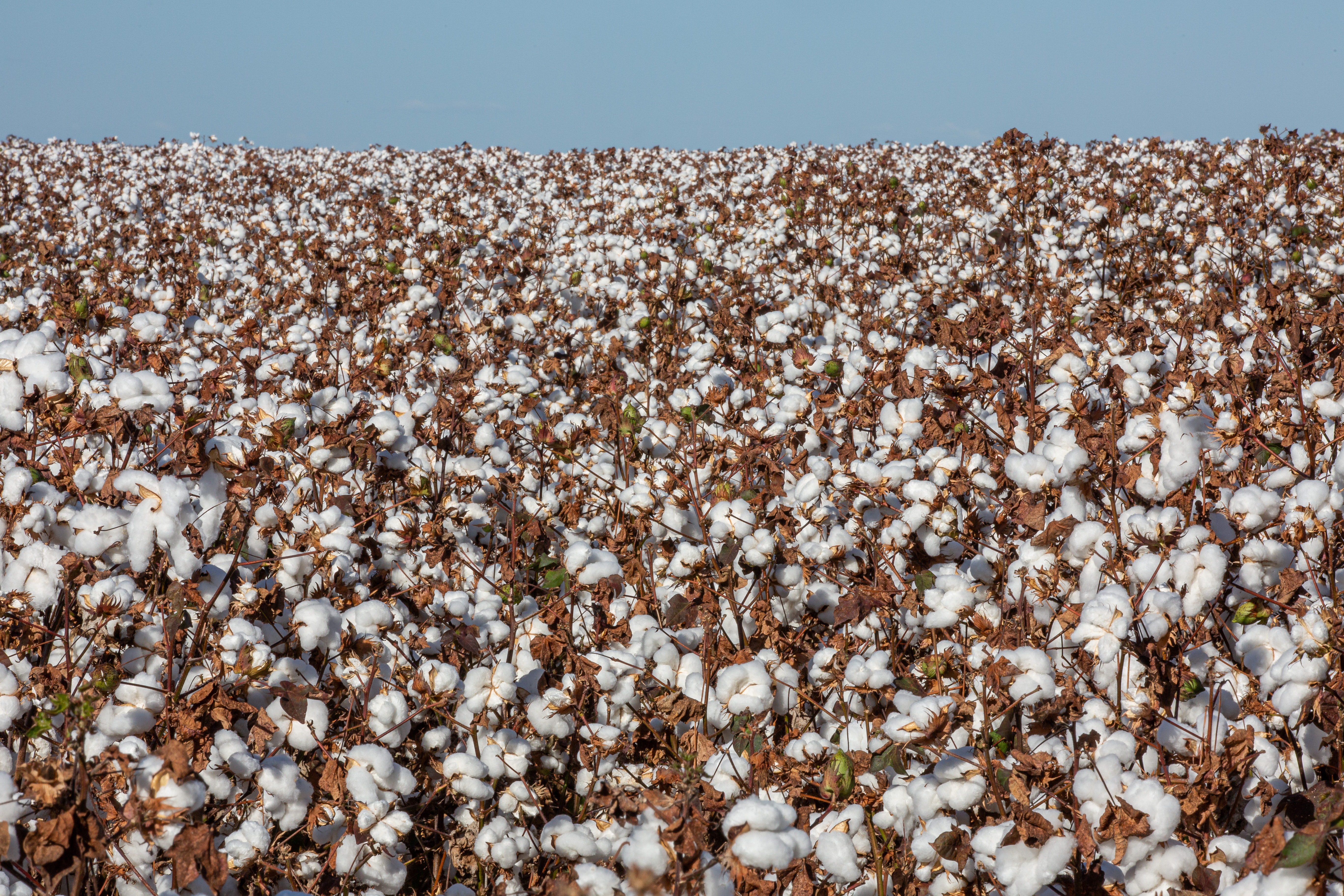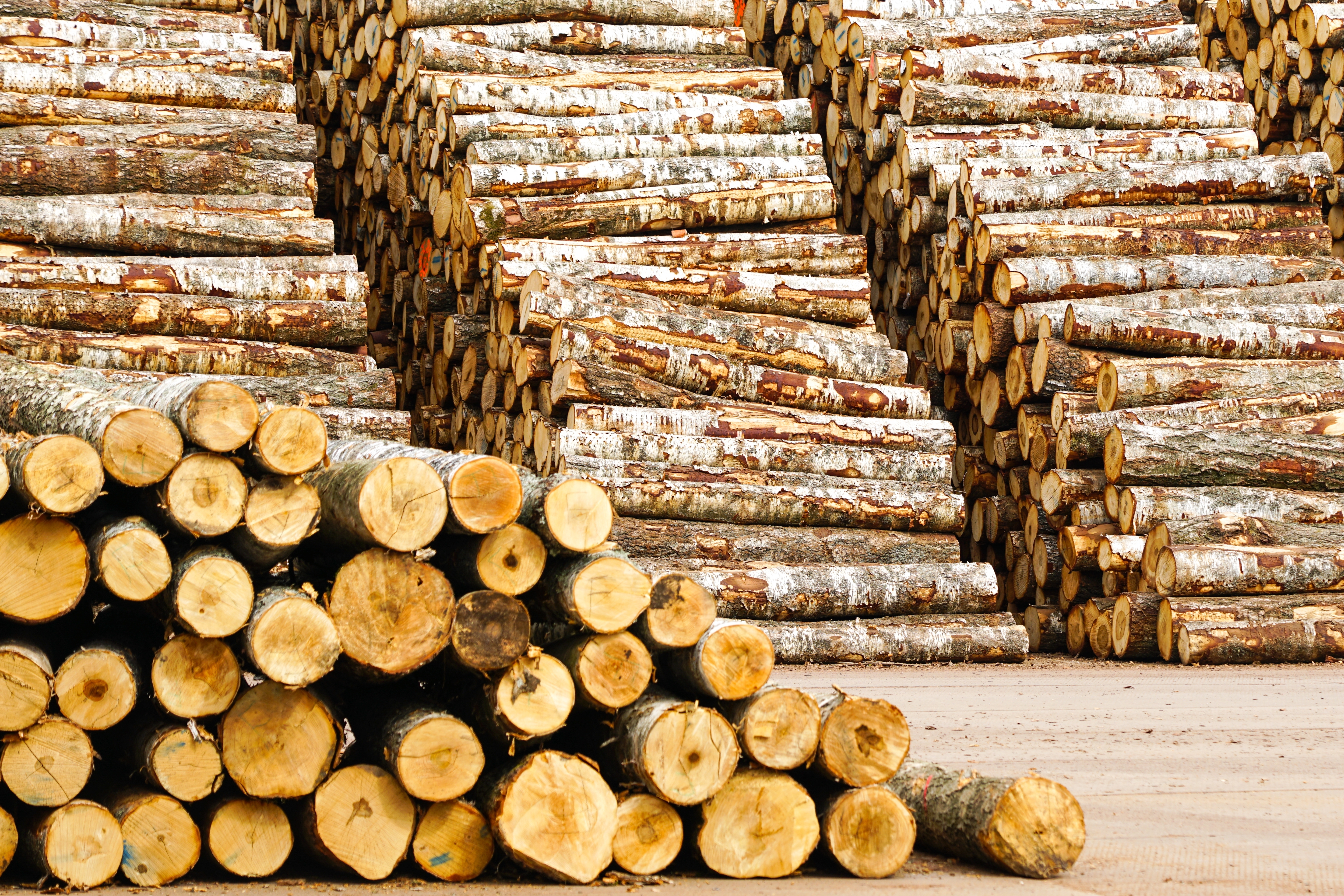
Screenshot from Globo Rural film
Illegal deforestation in a remote Amazon municipality has
become an “organised economic activity”, according to a recent investigation by
the Brazilian outlet Globo Rural.
A film published on 30th October reveals how
illegally-established cattle ranches have contributed to the loss of thousands
of hectares of rainforest in Lábrea, in the state of Amazonas.
Located by the Purus river, in the southern part of
Amazonas, Lábrea has a population of around 40,000 people. The town is
surrounded by dense forests and cattle ranches.
Since 2008, Lábrea has been in the Environment Ministry’s
black list, which identifies the municipalities with the highest deforestation
rates. In 2015 alone, more than 24,000 ha were cleared in Lábrea.
Most of the problems occur in the relatively remote and
inaccessible southern limits of the municipality. Reporters from Globo Rural
accompanied IBAMA, the Brazilian Environment Enforcement Agency, on an undated
surveillance of deforestation hotspots.
The IBAMA team’s first stop is a ranch that was embargoed a
few years ago due to illegal deforestation. By law, the area could not be used
for cattle ranching and should be reforested.
Arriving by surprise, the agents try to gather information
and locate the owner. According to Globo Rural, identifying and finding the
owners of ranchers is a common challenge. In southern Lábrea, few people have land
titles, and most of those who claim land ownership are residents in other municipalities
or other states.
In a second operation, agents arrive at a ranch where around
2,000 ha of forest was illegally cleared and destroyed by fire. According to
IBAMA, the ranch is registered under the name of Wladimir Rigo Martins. The
rancher does not have titles to the land but started the process to legalise
the area under a public programme called Terra Legal (Legal Land).
The Globo Rural team locate Martins more than 300km away
from Lábrea, in Rio Branco, Acre state. The rancher tells reporters he is a
former lorry driver and works mainly as a trader. He says he bought the ranch
from settlers who had been informally occupying the land without title or
registration. The rancher claims he will appeal against the fines he faces for
illegally clearing the forest. He has no regrets about venturing into southern
Lábrea.
The film reports that this form of land acquisition is
common in the Amazon. Settlers invade public areas belonging to the federal
government, clear the forest and sell the land to cattle ranchers, loggers or
other businessmen.
This is a key driver of illegal deforestation, according to
Paulo Barreto, from the NGO Imazon. “It’s known as grilagem [land
fraud or land grabbing],” he tells Globo Rural. “Public land invasion and
deforestation is the invader’s way of saying he owns that piece of land.
“In addition to being an environmental problem, this is also
a very serious social problem. This is a very clear sign that people are
confident that they will commit these acts with impunity.”
Lábrea’s mayor, Evaldo Gomes, tells Globo Rural that in
practice few people in the municipality comply with the requirement to obtain
legal land titles and respect the Forest Code, which stipulates that farms
retain 80 per cent forest cover. He says that almost all of the region’s
economy is illegal, and does not generate public revenues or benefit the
municipality.
“This deforestation is concentrated in the south, where
there is no effective oversight by the state, by the federal government,” he
says. “The municipality of Lábrea has lost more than it has gained”.



